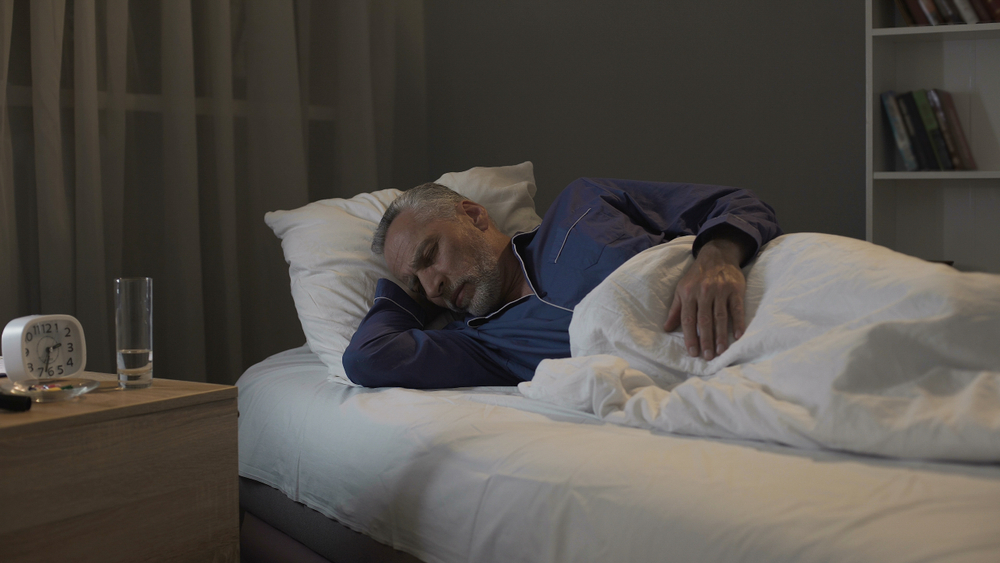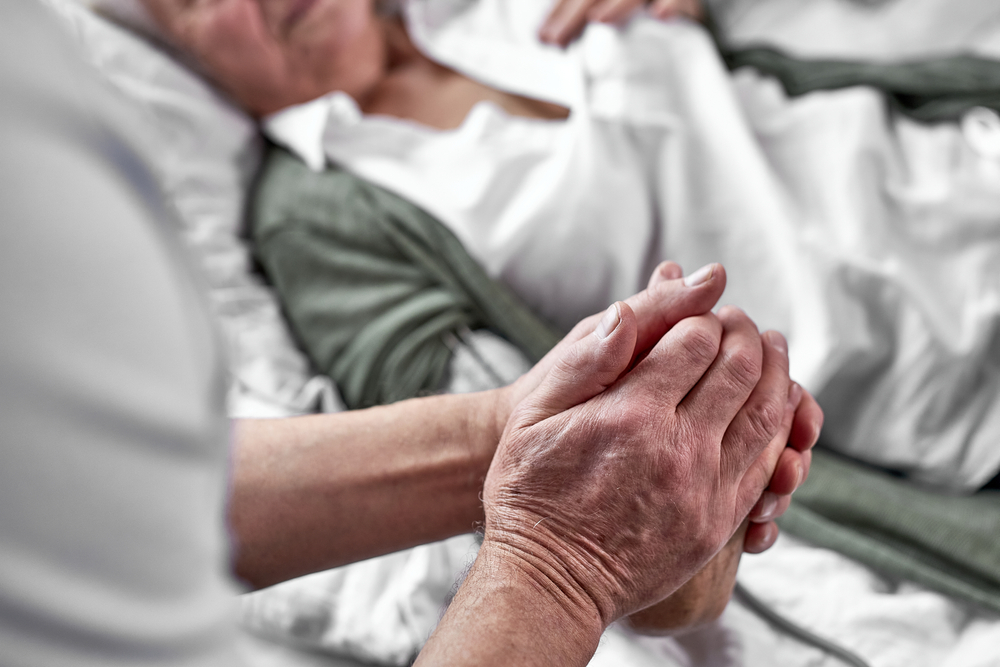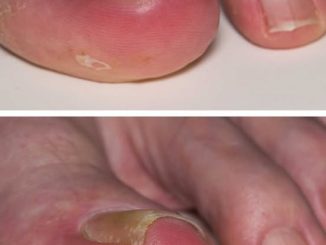The final stages of life bring about profound physical changes, and understanding these can help both the individual and their loved ones navigate this challenging time with greater clarity. According to health authorities like the NHS, as the body begins to shut down, it manifests specific signs that indicate the end of life is approaching. While these symptoms can vary from person to person, there are several common physical changes that typically occur in the last hours or days.
Recognizing these changes can provide insight and support for loved ones, allowing them to provide comfort and understanding during this delicate phase. Below, we discuss the nine key physical changes that indicate someone may be nearing the end of their life.
Increased Drowsiness and Fatigue

As the body prepares for the end, energy levels decrease significantly. One of the first noticeable changes is that the individual will likely feel very tired and spend much more time sleeping. They may drift in and out of consciousness or seem perpetually drowsy. This stage is often a natural response to the body conserving energy for its final moments.
It’s essential during this time to provide comfort and let the person rest. They may need assistance with simple tasks like changing position to avoid discomfort, but it’s best to let them sleep as much as they want.
Loss of Appetite and Thirst
In the final days, a person’s appetite and thirst will diminish greatly. The body no longer needs the same amount of energy, and organs begin to shut down, making digestion difficult. This reduced desire to eat or drink can be distressing to loved ones, but it is a natural part of the dying process.
At this stage, it’s essential to focus on comfort rather than nourishment. If the person can no longer eat or drink, offering ice chips, moistening their lips with balm, or keeping their mouth clean can help alleviate any discomfort.
Changes in Breathing Patterns
As death approaches, breathing often becomes irregular. These breathing changes may manifest as alternating between shallow breaths and deep, rapid breaths, followed by pauses. A common phenomenon known as the “death rattle” may occur due to mucus buildup in the throat, which can cause a rattling sound when the person breathes.
While this can be distressing to witness, it is typically painless for the individual. Changing their position may help reduce the noise, and simply being present in a calm, supportive way can provide reassurance.
Hallucinations and Mental Confusion

End-of-life medications, along with changes in the brain’s chemistry, can cause confusion or hallucinations in the person nearing death. They may perceive things that aren’t there or seem to speak to people who aren’t in the room. These hallucinations may be unsettling, but they are a natural part of the dying process.
Gently reminding the person of the current time, place, and your presence can help alleviate their confusion. Speaking softly and offering comfort can also create a more peaceful environment.
Drop in Body Temperature and Skin Changes
As circulation slows, the body prioritizes its core functions, sending less blood to the extremities. This can cause the person’s hands, feet, and legs to feel cold to the touch, and their skin may take on a mottled appearance, with bluish or purplish patches.
Even though the person may not feel cold, offering a blanket or warm compress can provide comfort and a sense of care during these final stages.
Decreased Urination and Bowel Movements

Because the person is eating and drinking less, their output will naturally decrease as well. Urination becomes infrequent, and bowel movements may cease altogether. In some cases, the individual may lose control over these functions, which can be distressing for both the person and their caregivers.
Caregivers may need to assist with toileting or use adult diapers to manage incontinence. It’s important to maintain dignity and respect throughout this process.
Weakening of Muscles
Muscle weakness is another common sign in the final days of life. The person may struggle with tasks that once were easy, such as holding a cup, sitting up, or moving in bed. This loss of strength is due to the body’s decreasing energy reserves and the muscles gradually shutting down.
Offering gentle assistance can help the person feel more comfortable. For instance, helping them reposition in bed or offering support while they drink can ease their discomfort.
Decreased Interest in Social Interaction
As energy dwindles, so too does the desire for social interaction. People nearing the end of life may begin to withdraw from conversations, family gatherings, or even basic interactions. This withdrawal is a natural part of the dying process, and it’s important not to take it personally.
Instead of pushing for interaction, loved ones should honor the individual’s need for rest. Quiet companionship, where you sit nearby without expecting much engagement, can be comforting and less draining for the person.
Vital Sign Changes and the Final Shutdown

In the last hours, vital signs may fluctuate significantly. Blood pressure often drops, the heartbeat becomes irregular or faint, and the pulse may be hard to detect. These changes indicate that the body is nearing its final stage, and the organs are shutting down.
While these signs can be difficult to witness, they are part of the natural process. Pain relief and comfort measures can be provided through palliative care to ensure the person experiences minimal discomfort during these final moments.
Conclusion: Providing Comfort in the Final Days
As someone approaches the end of life, understanding the physical changes they may experience can help loved ones provide better care and emotional support. While these changes can be difficult to witness, they are a natural part of the dying process. Recognizing these signs allows you to create a peaceful and comforting environment, helping the person feel safe and supported during their final hours.
By focusing on comfort and dignity, you can make the individual’s last days as peaceful as possible, allowing them to pass with grace and care.


